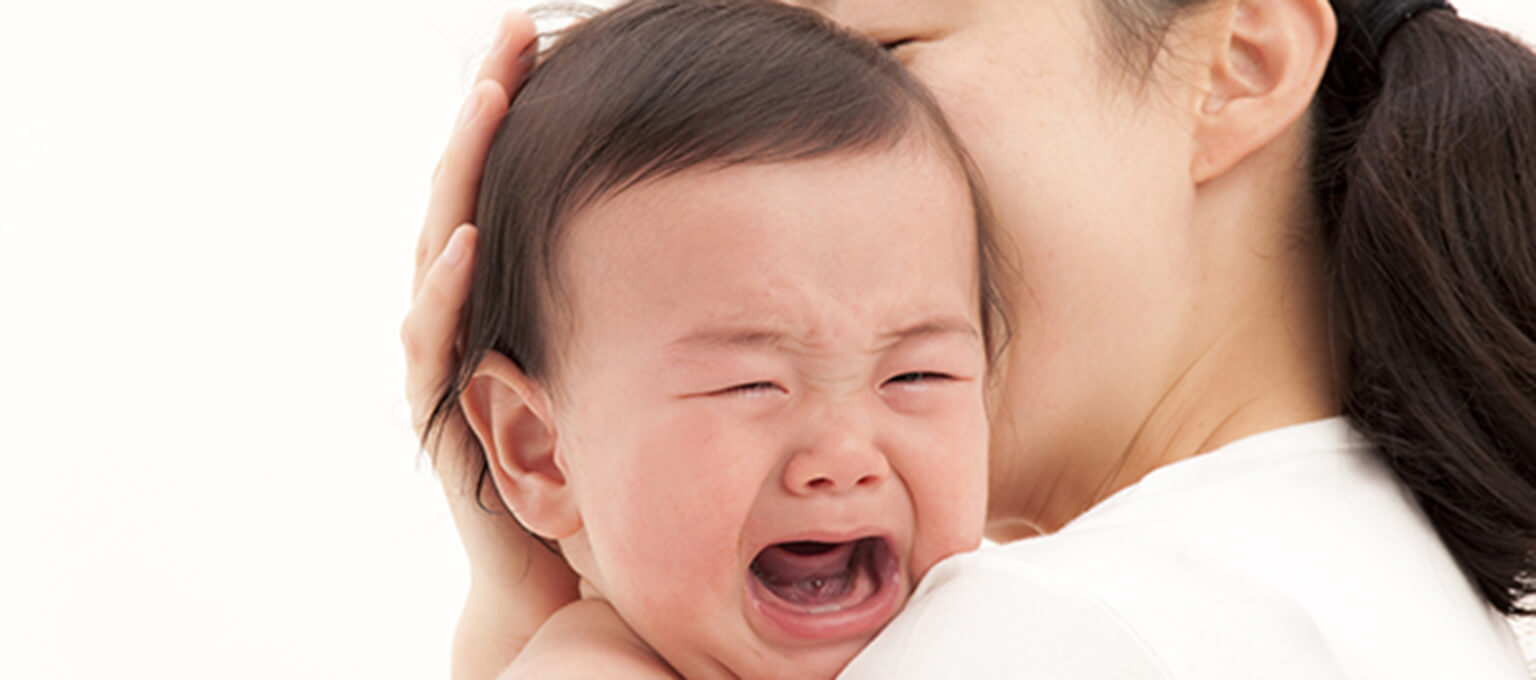
Why Wake Windows Are More Important Than the Clock


If you’re a parent of a young baby, you may have heard of “wake windows”. If you haven’t heard of wake windows or want to learn more about the importance of wake windows when it comes to your baby sleeping well at night and during naps, read on––this article is for you.
What is a Wake Window?
A wake window is the period of time in which your baby or toddler is awake in between sleep periods. The end of a wake window is when your baby will be ready to sleep again. Wake windows change as your baby gets older and their sleep needs change.
Why are Wake Windows Important?
Following your baby’s wake windows is crucial for maintaining a healthy sleep schedule and ensuring your baby doesn’t become overtired or under-tired.
Putting your baby to sleep past their wake window causes them to release hormones that confuse their body and keep them awake. Putting them to sleep before their wake window increases the chance they will protest sleep.
Since wake windows change as your baby’s sleep needs and patterns change, apps such as the Smart Sleep Coach by Pampers™ are key to making sure your baby’s wake windows adjust appropriately as they age.
What is the Difference Between Clock Time and Wake Windows?
Following the time on the clock and following your baby’s wake windows are two different approaches to managing a child's sleep schedule.
While wake windows focus on the individual child's natural sleep cues, clock times rely on fixed schedules, setting specific times for naps and bedtime regardless of the child's immediate cues.
Many experts say that wake windows are ideal for younger babies who have varying sleep patterns and need a more responsive approach to their sleep needs. Wake windows for your baby allows for a flexible period of awake time based on your baby’s sleep needs and cues, such as yawning, rubbing eyes, or fussiness. Following wake windows and sleep cues gives you a better chance of ensuring your baby’s sleep aligns with their natural rhythm. This prevents overtiredness, making it easier for them to fall asleep, supporting healthy sleep habits, and helping them sleep longer stretches at night.
Following the clock, however, offers parents and children a more structured and predictable routine, with sleep times occurring at the same times each day. This can work for older children and families who prefer a predictable schedule, but for babies whose sleep needs change frequently at the beginning of their life, wake windows adjust to the constant fluctuations in the child's sleep patterns and growth.
Do Wake Windows Change as Babies Grow?
Baby wake windows change as they age. For example, newborn wake windows can be as short as 10 minutes, compared to a 6-month-old's wake window which is closer to 2-3 hours.
Once a baby’s circadian rhythm starts to mature, which happens around 3-months-old to 4-months-old, they begin to sleep more during the night and have longer wake windows during the day. Hormones change as your baby gets older, which also causes wake windows to change. Wake windows also adjust once your baby goes through a nap transition.
List of wake windows by age
Remember to take cues from your baby, rather than the clock or suggested wake window––all babies are different, and that includes their sleep needs!
Newborn Wake Window: 10 minutes - 2 hours
1-Month-Old Wake Window: 45 minutes - 1 hour 15 minutes
2-Month-Old's Wake Window: 45 minutes - 1 hour 45 minutes
3-Month-Old's Wake Window: 1 hour 15 minutes - 2 hours
4-Month-Old's Wake Window: 1.5 - 2 hours
5-Month-Old's Wake Window: 1.5 hours - 3 hours depending on nap schedule
6-Month-Old's Wake Window: 2-3 hours
7-Month-Old's Wake Window: 2 hours 15 minutes - 3 hours 30 minutes
8-Month-Old's Wake Window: 2 hours 45 minutes - 3 hours
9-Month-Old's Wake Window: 2 hours 45 minutes - 3 hours 30 minutes
10-Month-Old's Wake Window: 3 - 4 hours
11-Month-Old's Wake Window: 3 hours - 3 hours 45 minutes
12-Month-Old's Wake Window: 3 hours 15 minutes - 4 hours
13-Month-Old's Wake Window: 3 hours 15 minutes - 4 hours
14-Month-Old's Wake Window: 5 hours if on one nap or 3 hours 15 minutes - 3 hours 45 minutes if two naps
15-Month-Old's Wake Window: 5 hours - 5 hours 30 minutes if on one nap or 3 hours 15 minutes - 3 hours 45 minutes if two naps
16-Month-Old's Wake Window: 5 hours - 5 hours 30 minutes if on one nap or 3 hours 45 minutes - 4 hours if two naps
17-Month-Old's Wake Window: 4 hours - 5 hours 30 minutes
18-Month-Old's Wake Window: 5 hours - 30 minutes
19-Month-Old's Wake Window: 5 hours - 5 hours 45 minutes
20-Month-Old's Wake Window: 5 hours - 5 hours 45 minutes
21-Month-Old's Wake Window: 5 hours 15 minutes - 5 hours 45 minutes
22-Month-Old's Wake Window: 5 hours 15 minutes - 5 hours 45 minutes
23-Month-Old's Wake Window: 5 hours 15 minutes - 5 hours 45 minutes
24-Month-Old's Wake Window: 5 hours 30 minutes - 6 hours
What to Expect if Baby Stays Up Past Wake Window
Your baby can get overtired if your baby stays up past their wake window. This is because when your baby stays awake too long their body gets confused and starts to release cortisol and serotonin—hormones that wake them up. This confusing and frustrating state can disrupt their sleep schedule.
To keep your baby on a sleep schedule that aligns with their wake windows, download the Smart Sleep Coach app. The app will notify you when you’re approaching a wake window, so you can put your baby to bed at the time when they’re most likely to fall asleep without protest.
Wake windows can also help with sleep training. Following your baby’s wake windows make it easier for your baby to fall asleep, making the entire process of becoming a strong, independent sleeper second nature––and more pleasant.
FAQS AT A GLANCE
Wake windows are most helpful for babies that are younger and are still developing their circadian rhythm. As they enter toddlerhood, they likely will transition to a more structured schedule with one or two naps and longer, predictable awake periods. For many toddlers this happens around 18-months-old. Every child is different, so it’s best to follow your baby’s cues and respond to their unique needs.
The Bottom Line
Although wake windows are tracked in hours and minutes, it's more crucial to observe your baby's signs of sleepiness rather than adhering to a specific time. This is because your baby's sleep needs change as they develop. For instance, your baby might feel sleepy at 6 pm one evening but closer to 5:45 pm the following night, and if you wait until 6 pm, you might miss the wake window, causing your baby to become overtired.
Monitoring sleepy signals is more effective—when you detect them, it's time to initiate the bedtime routine. Take this free sleep quiz to get a personalized plan in 3 minutes for perfecting wake windows and helping your baby sleep like a dream.
- Journal of Child Psychology and Psychiatry, “Nighttime sleep-wake patterns and self-soothing from birth to one year of age: a longitudinal intervention study”
- Journal of Developmental and Behavioral Pediatrics, “Night Waking, Sleep-Wake Organization, and Self-Soothing in the First Year of Life”
- The Yale Child Study Center, “Guide to Understanding Your Child: Healthy Development from Birth to Adolescence. Boston: Little, Brown, and Company”
- National Heart, Lung, and Blood Institute, “How Sleep Works: Your Sleep/Wake Cycle”









